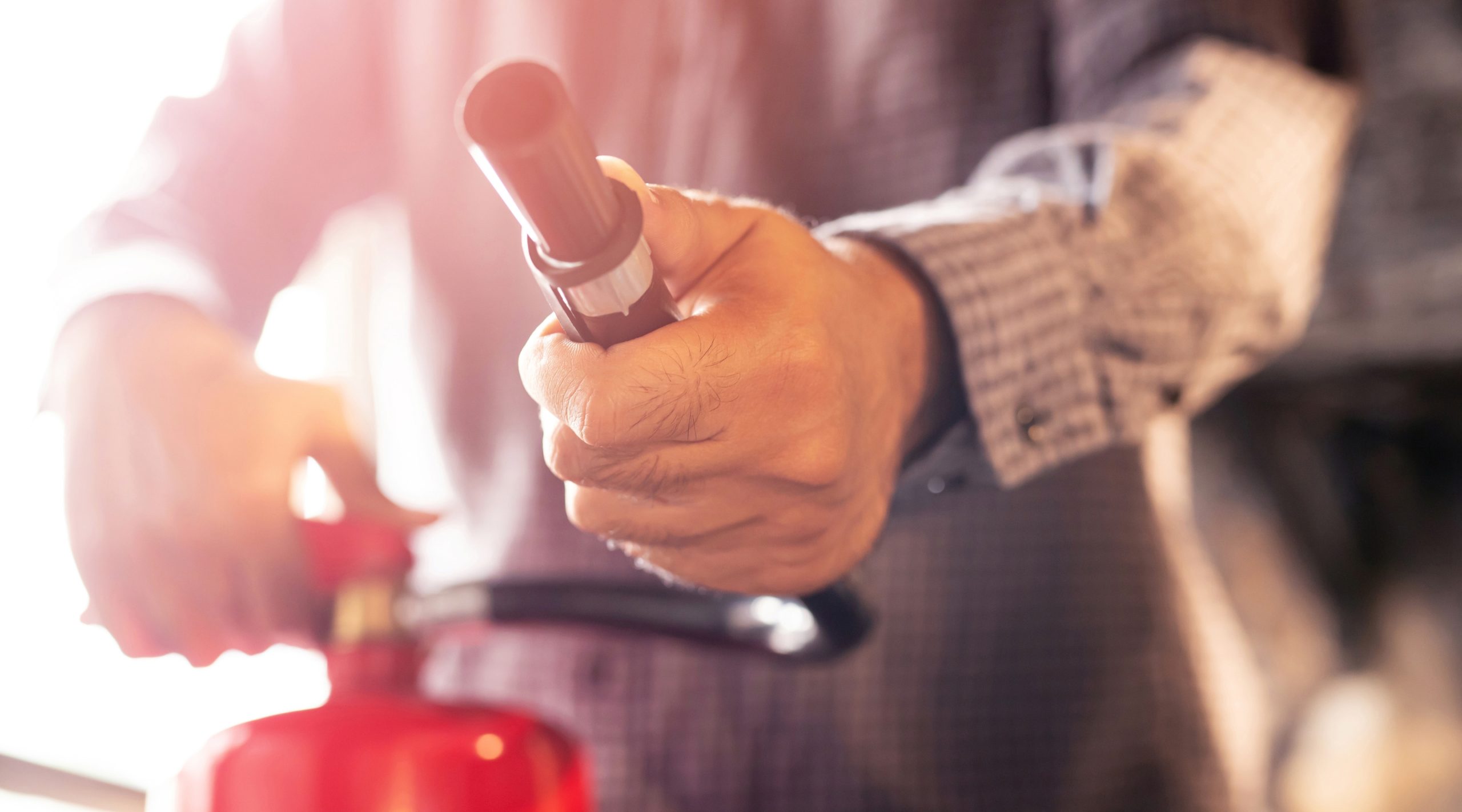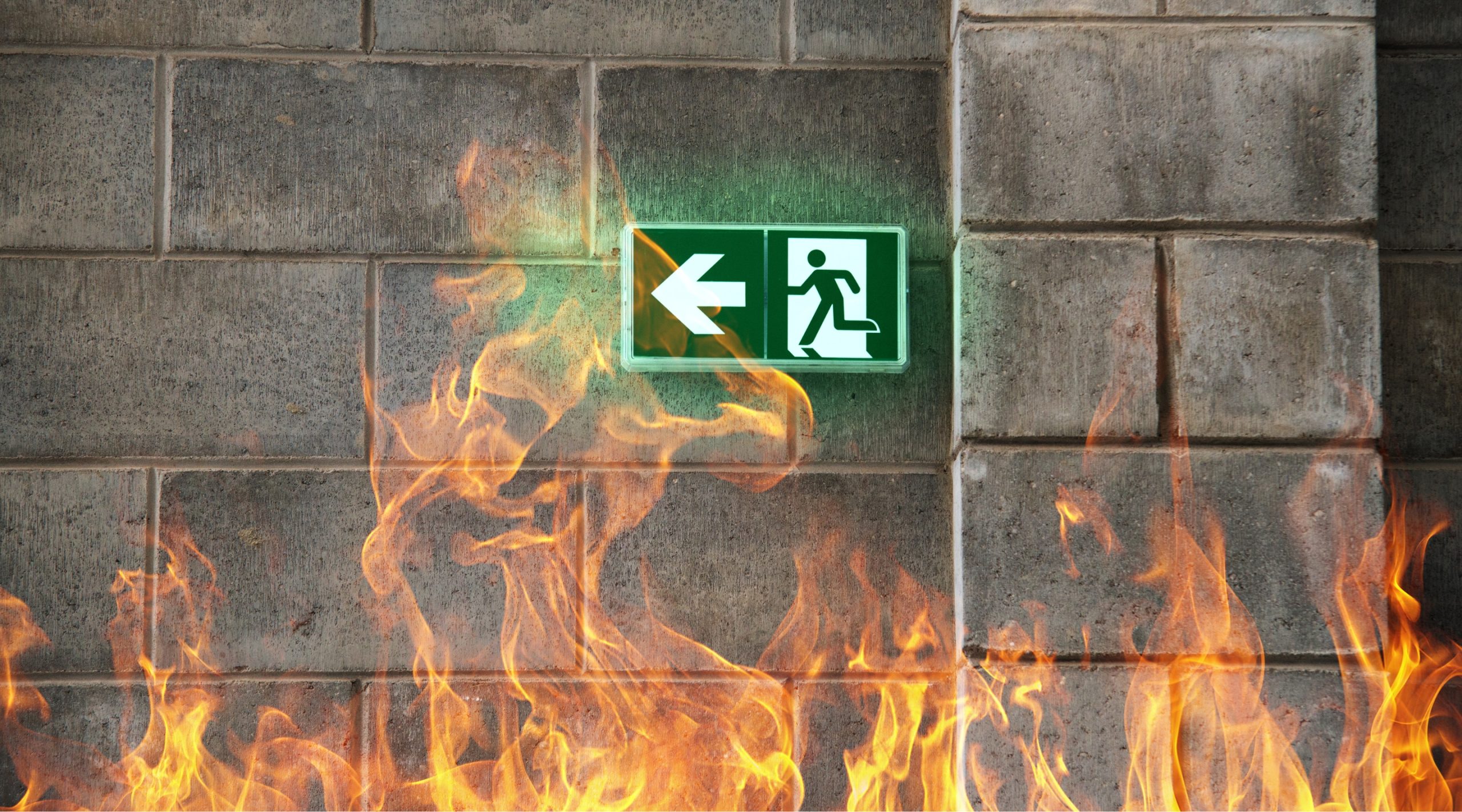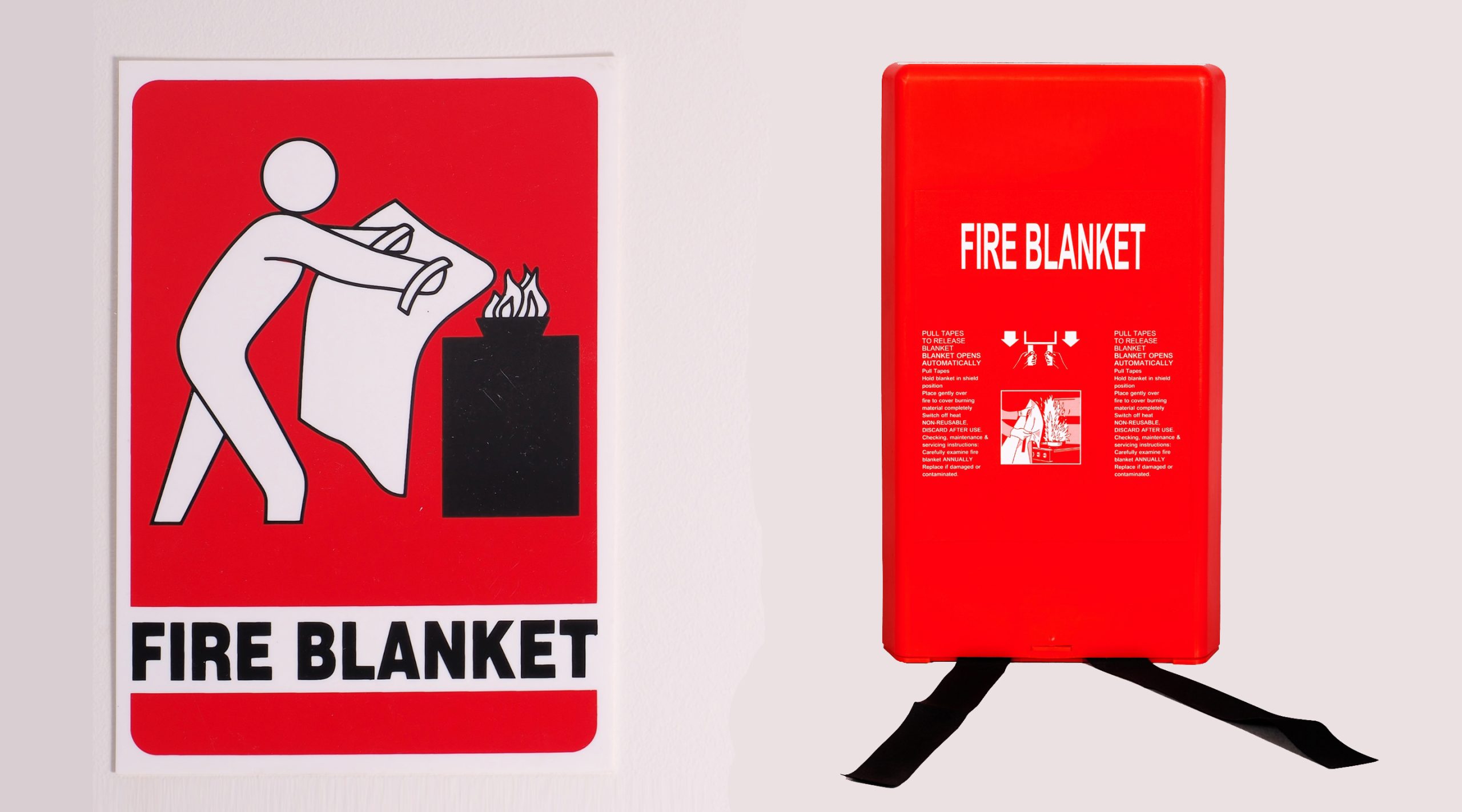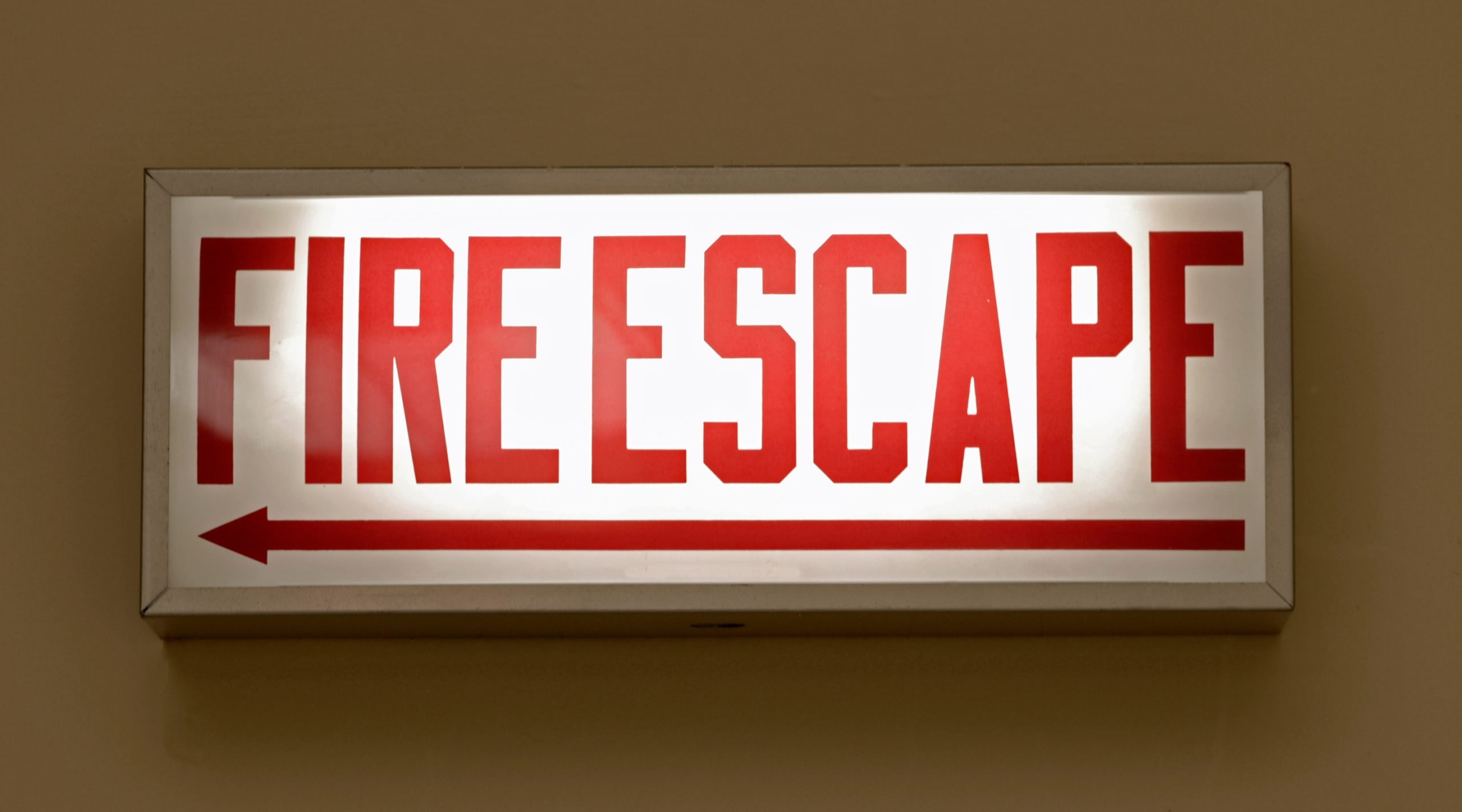How Portable Fire Extinguishers are Designed for Maximum Efficiency
Introduction
Portable fire extinguishers play a crucial role in fire safety, offering immediate response capabilities before a fire escalates. Their design is the result of extensive engineering, ensuring effectiveness, ease of use, and reliability in emergencies. Understanding how these devices are structured for efficiency provides insight into their indispensable role in fire prevention and control.
Ergonomic and User-Friendly Design
One of the primary considerations in the design of portable fire extinguishers is ease of use. Since they are typically operated by individuals with minimal training, manufacturers incorporate intuitive features such as:
Lightweight Construction: Made from durable yet lightweight materials like aluminum or stainless steel to ensure portability.
Ergonomic Handles and Levers: Designed for a firm grip and easy activation, reducing response time during emergencies.
Clear Labeling and Instructions: Featuring universally recognized pictograms and simple step-by-step guidance for quick reference.
Advanced Fire Suppression Agents
Different fire types require specific extinguishing agents to ensure maximum effectiveness. Portable fire extinguishers are designed to contain specialized substances such as:
Water and Foam: Effective for Class A fires involving solid combustibles like wood and paper.
Carbon Dioxide (CO2): Suitable for Class B (flammable liquids) and electrical fires as it displaces oxygen without leaving residue.
Dry Chemical Powders: Versatile agents like ABC powder that suppress Class A, B, and C fires by interrupting the chemical reaction.
Wet Chemical: Specially formulated for Class K fires in commercial kitchens, cooling flames and preventing re-ignition.
Optimized Discharge Mechanisms
To maximize efficiency, fire extinguishers feature precisely engineered discharge mechanisms:
Pressure-Based Expulsion: Most units are pressurized with nitrogen or air to ensure a controlled and effective discharge.
Adjustable Nozzles: Some extinguishers include nozzles designed for specific fire types, optimizing spray patterns for better coverage.
Pin and Seal System: A tamper-proof safety pin prevents accidental discharge while allowing quick removal during emergencies.
Durability and Compliance with Safety Standards
Fire extinguishers undergo rigorous testing to meet industry safety standards, ensuring reliability when needed. Key aspects include:
Corrosion-Resistant Coatings: Extinguishers are often treated with protective finishes to prevent rust and degradation.
Regular Inspection and Maintenance Compatibility: Designed for periodic checks and easy servicing to maintain functionality.
Compliance with Regulatory Bodies: Meeting standards such as NFPA (National Fire Protection Association) and UL (Underwriters Laboratories) to guarantee performance.
Smart Technology Integration
Modern advancements have introduced smart technology into fire extinguisher design, enhancing efficiency and safety:
Digital Pressure Indicators: Real-time monitoring of pressure levels ensures readiness.
IoT-Enabled Alerts: Smart extinguishers can send notifications for maintenance or low pressure via mobile apps.
Automatic Dispensing Systems: Some advanced models can detect fire and discharge suppressant without human intervention.
Conclusion
Portable fire extinguishers are meticulously designed to offer maximum efficiency through ergonomic construction, specialized extinguishing agents, optimized discharge mechanisms, and compliance with safety standards. With continuous advancements, these devices are evolving to integrate smart technology, further enhancing their reliability. Proper selection, maintenance, and understanding of fire extinguisher capabilities ensure optimal performance in fire emergencies, making them a vital component of fire safety strategies.





